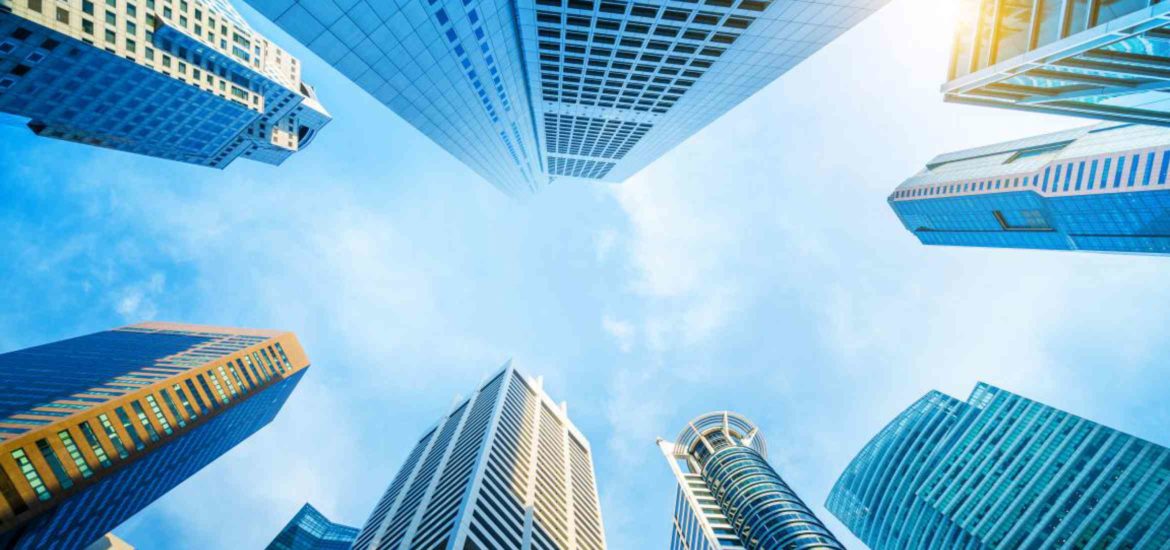Since the beginning of the 20th century, the demand for sky scrapers or high rise commercial and residential buildings has been increasing at a tremendous rate. Due to the decrease in the availability of land for horizontal expansion, high rise buildings or sky scrapers are the answer to accommodate the ever increasing population in our country.
Metro cities like Mumbai and Delhi have already exhausted their capability of horizontal expansion. A major factor for population growth in these cities is the business opportunities that are accessible which make people to migrate from smaller cities. In these large cities where properties are expensive due to the lack of availability, the buildings logically grow upwards. In smaller towns where land is cheaper, it’s more logical to have horizontal growth. So in bigger cities, by strategically increasing the number of homes per plot of land, they can go a long way in withstanding population growth, while leaving some amount of land free for creating recreational parks and other public spaces. Also, when development happens vertically, it minimises the physical footprint, while accommodating a greater a number of families as when compared to horizontal expansion. In this way tall buildings leave far more space for public spaces, agricultural land as well as virgin forests to grow.
However, a main concern about high rise buildings has always been its strength and timelines. Given its highly favourable properties, steel is best suited for rapid construction of high rise buildings. With the use of LGSF, components like partition walls, cladding, etc., can be installed at a much faster pace than the conventional brick and mortar while maintaining a high resistance to various loads that the building would be subjected to.
At Volta Green Structures, our mission has always been to provide premium quality and smart solutions to buildings with the use of structural steel for infrastructure industry at large by deploying innovative engineering and latest technologies in the construction of buildings of the future. We work consistently to upgrade the technology used to build these structures so that we can ensure complete safety and comfort of our clients.
While the construction industry is flourishing at a rapid rate, there are still a few areas where a lot of development is still pending. Nearly 6.5 million people work at approximately 252,000 construction sites across the nation on any given day. The fatal injury rate for the construction industry is higher than the national average in this category for all industries. Therefore, stricter regulations have to be observed on site.
Construction workers need to be properly trained and educated on the task or job before working, which will assist in preventing injuries and deaths. The only hope of reducing the number of accidents is to keep workers aware of safety issues, train them on these issues, communicate and discuss ways to improve the safety programs and concerns, and documenting the issues from time to time. In addition to these steps, workers must have the right equipment, must have proper supervision, must be innovative in finding ways to solve the problem, and must be transparent if such a problem does occur.
There is no set way to reduce the number of accidents to zero, but following construction site safety practices will help pave the road to reach that goal.






